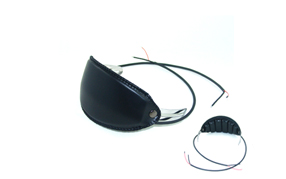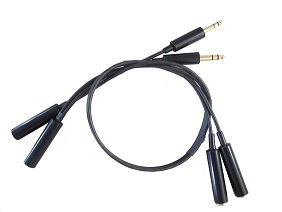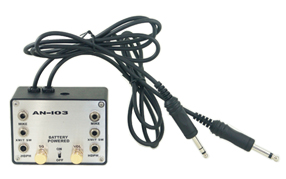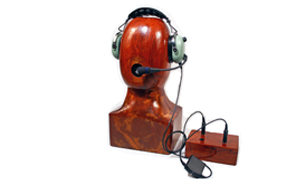Technology - ANR technology
ANR Technology
ANR technology, also called Active Noise Reduction technology, in some place you’ll see active noise cancellation (ANC) technology, is corresponding to passive noise canceling technology. Active noise reduction is a relatively new technology that is especially effective at reducing low frequency noise, such as the engine and propeller noise in a light aircraft.
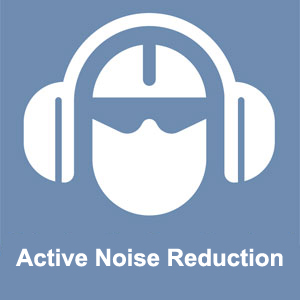
The concept of ANR was first introduced in the 1930s and had started showing up in science fiction stories by the 1950s, but it was the 1970s before mainstream scientists began to investigate the possibility seriously. ANR technology didn't become a reality in general aviation until the 1990s.
Here's how it works: A tiny microphone, usually placed in the dome of a headset, picks up background noise inside the dome. The noise signal is then transmitted to electronic signal, which drive a speaker, also inside the dome, to produce another signal that is the exact mirror image of the original noise signal. As it is known to us that the "bottom" of one sound wave (the background noise) corresponds to the "peak" of another (the "mirror image" created by the headset). When the waves overly each other, they cancel each other out; so what you hear is the sweet sound of silence.
Some people may worry about that dose it mean an ANR headset will leave only silence so that we are unable to hear the important things going on around us. How about instructions from tower controllers or the hum of the engine which lets us know everything is as it should be?
ANR works most effectively on low-frequency noise and does very little to affect the relatively higher frequencies of, for example, voices. The low-frequency is the most annoying part of noise which makes permanent hearing loss across all frequencies especially after you experienced a long time fly. In addition, it really only works well for tonal noises those sounds containing a very limited number of frequencies, such as propeller noise; so you still hear broadband, mixed frequency sounds, such as the wind flowing over the airframe. You can also tell when a sound changes. So, if the rhythmic pulse of the propeller is altered by the addition or loss of power, your ears will still tell you.

